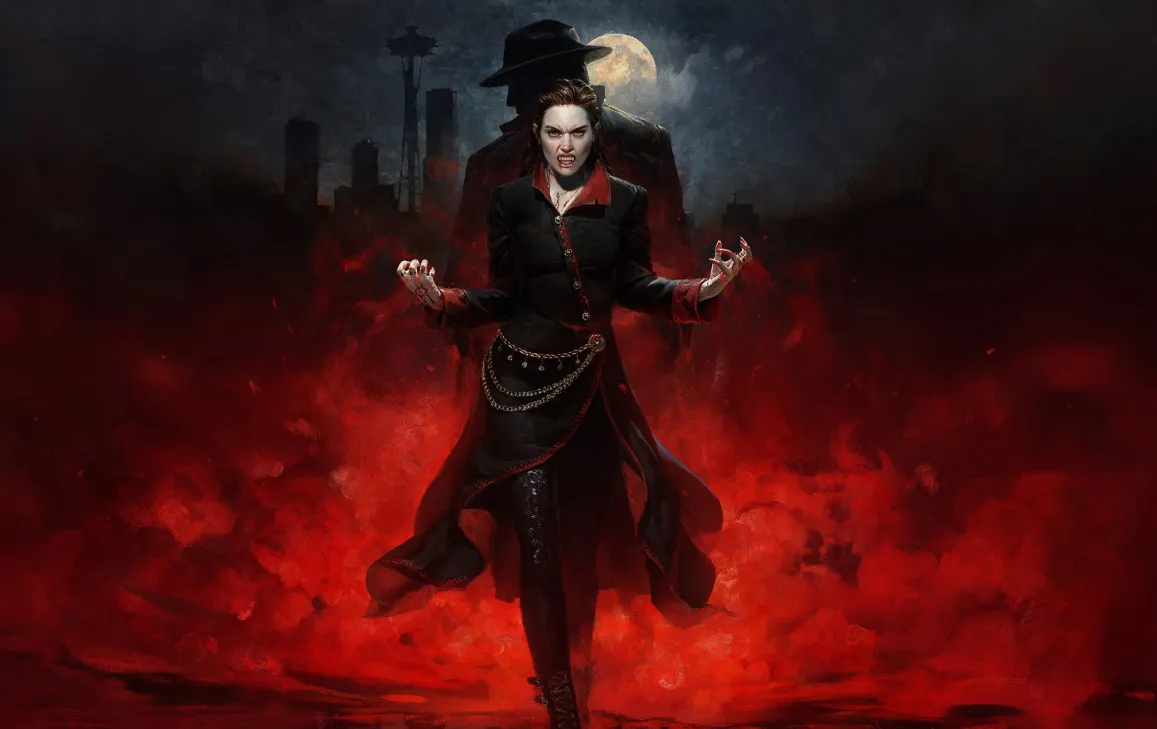Bloodlines 2 asks you to pick a family before you stalk Seattle. That choice isn’t just flavor text: clan determines your starting passive, the disciplines you specialize in, how fights flow, and even how other Kindred handle you in dialogue. At launch there are six playable clans — Banu Haqim, Brujah, Lasombra, Toreador, Tremere, and Ventrue — and all six are in the base game.
All Bloodlines 2 clans and their core identities
| Clan | Playstyle and persona | Clan affinities / disciplines | Notable passive and abilities (examples) |
|---|---|---|---|
| Banu Haqim | Stealthy assassins; strategic stalkers who strike from cover and control noise and sightlines. | Blood Sorcery, Celerity, Obfuscate |
|
| Brujah | Rebellious brawlers; frontline melee tanks who build momentum by dealing and taking hits. | Celerity, Presence, Potence |
|
| Lasombra | Shadow-leaning operators; ruthless power-seekers who weaponize darkness and isolation. | Shadow manipulation themes |
|
| Toreador | Graceful seducers; agile duelists and crowd-charmers who play fast and flashy. | Celerity, Presence |
|
| Tremere | Scholarly warlocks; methodical ranged control with devastating blood magic setups. | Blood Sorcery themes |
|
| Ventrue | Aristocratic tyrants; battlefield manipulators who bend crowds and pick fights on their terms. | Dominate, Presence |
|
If you lean stealth and precision, Banu Haqim’s silent kills and near-invisibility make infiltration straightforward. If you prefer chaos in close quarters, Brujah reward aggression and crowd disruption. Tremere excel at deliberate, ranged setups that turn tough enemies into liabilities with explosive synergies. Toreador play fast and slippery, stacking movement and charm. Lasombra bring cold, shadow-forward control. Ventrue dominate the flow of a fight through crowd pacification and direct control.
What your clan pick changes in Bloodlines 2
- Abilities: You can unlock across trees, but skills outside your clan’s specialties cost more ability points.
- Starting passive: Your passive is clan-locked. You cannot unlock other clans’ passives.
- Perks: You can unlock the top-line perk in another clan’s tree regardless of your origin.
- Dialogue and social texture: Clan background opens different lines in conversations and shifts how other Kindred react.
- Street read: Your visible disciplines and even outfit choices affect how NPCs perceive you while hunting for Resonance.
The upshot: your origin defines your most efficient build path and your baseline advantages. Cross-clan picks are viable, but you’ll pay a premium to specialize off-theme.
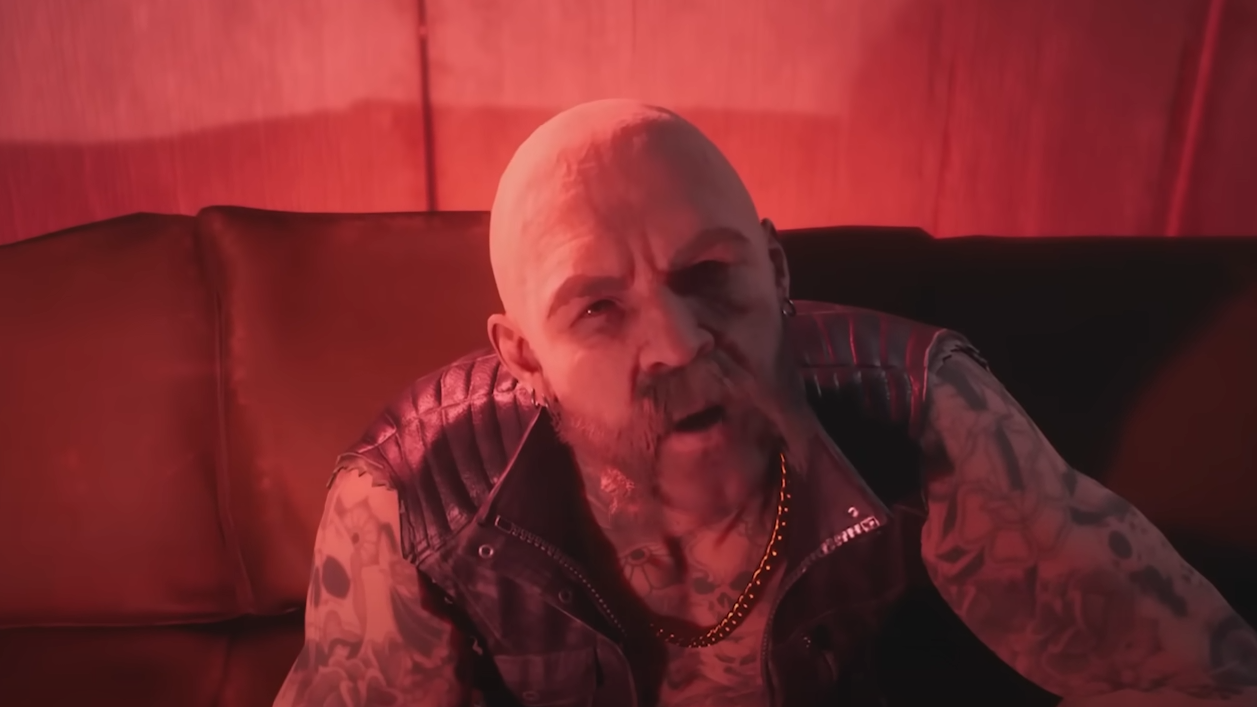
Banu Haqim (stealth and surgical takedowns)
Banu Haqim play the long game: isolate targets, silence the room, and strike before anyone can yell. Post-feed silence lets you sprint, vault, or eliminate without drawing attention, while invisibility and target muting keep patrols from cascading into alarms. Their burst of time-warped speed is an emergency button for repositioning or multi-tag setups. If you want to sneak through an area and dismantle it piece by piece, start here.
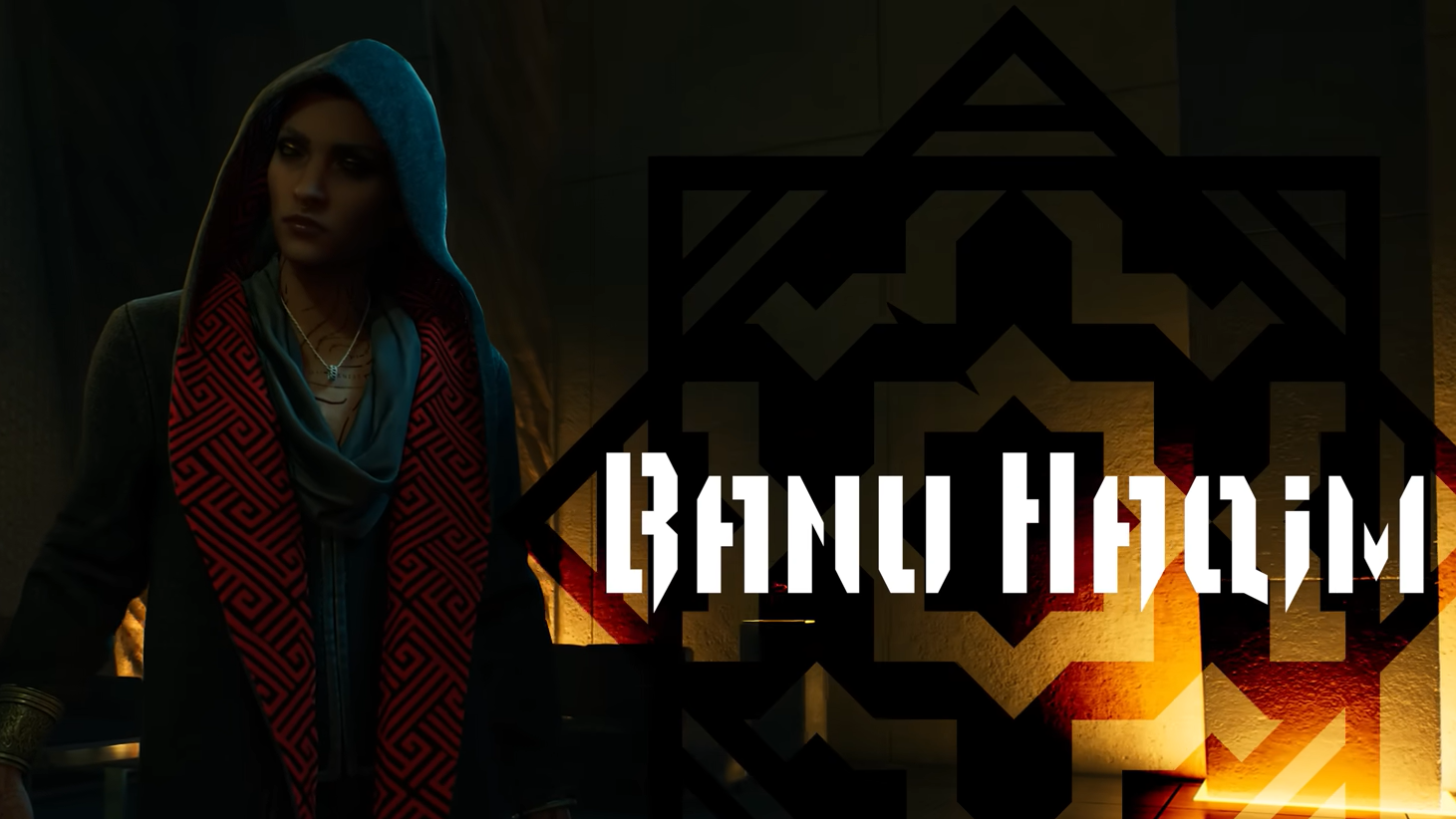
Brujah (melee momentum and crowd breaks)
Brujah thrive in the scrum. The more you commit, the more you get — feeding flips on a damage steroid, taunts pull heat onto you, and a high-speed charge turns one enemy into a bowling ball. Their ground slam blows open space and interrupts groups, while chain punches chew through clustered foes. Builds that weave in survivability and gap closers feel especially natural.
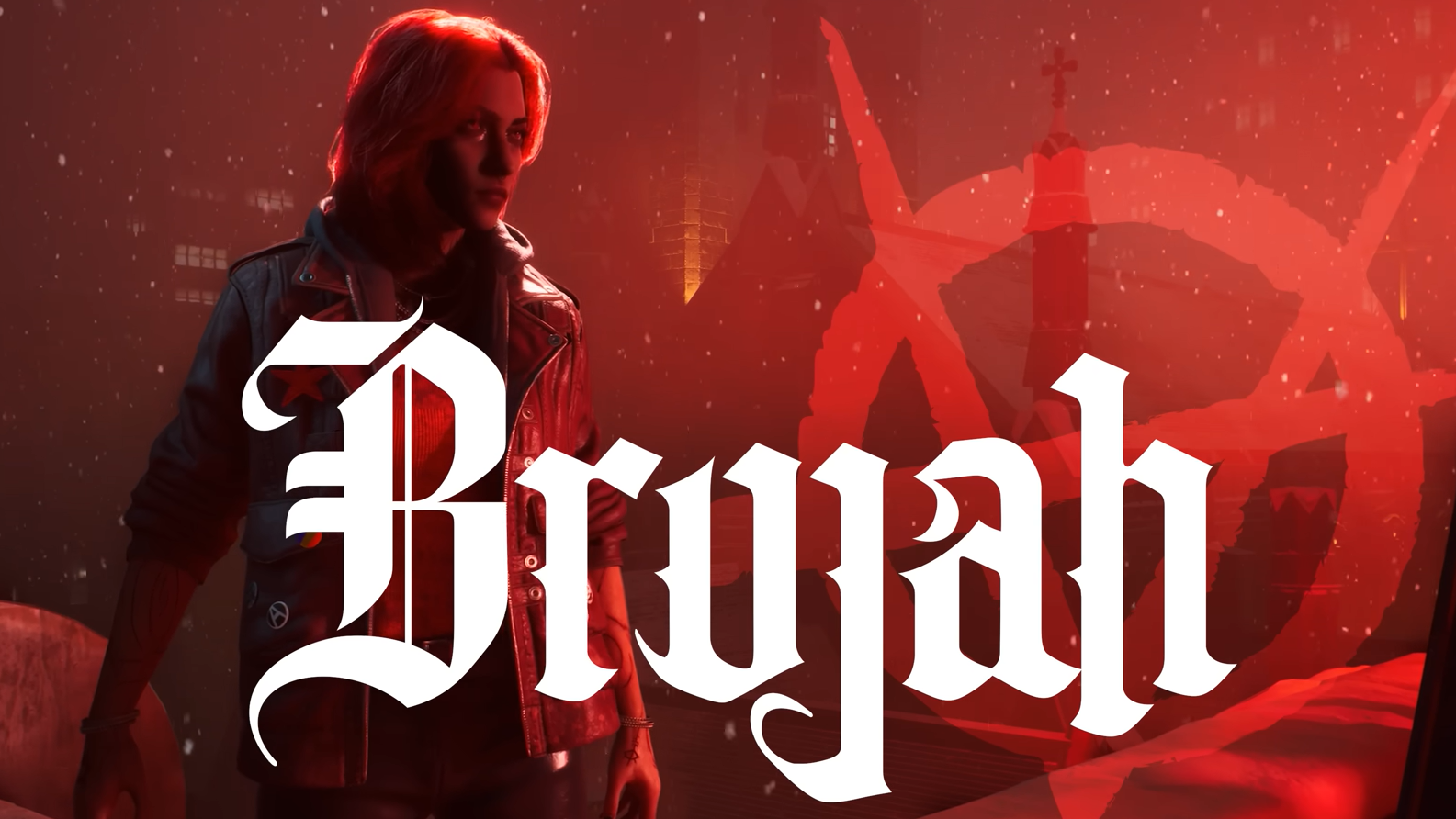
Lasombra (hard control from the dark)
Lasombra lean into fear and isolation. Their toolkit emphasizes oppressive engagement windows and resource spikes tied to feeding, with a perk that randomly restores extra ability fuel. If you enjoy picking engagements, breaking lines of sight, and punishing overextension, the Night Clan’s shadow-first approach supports that tempo.
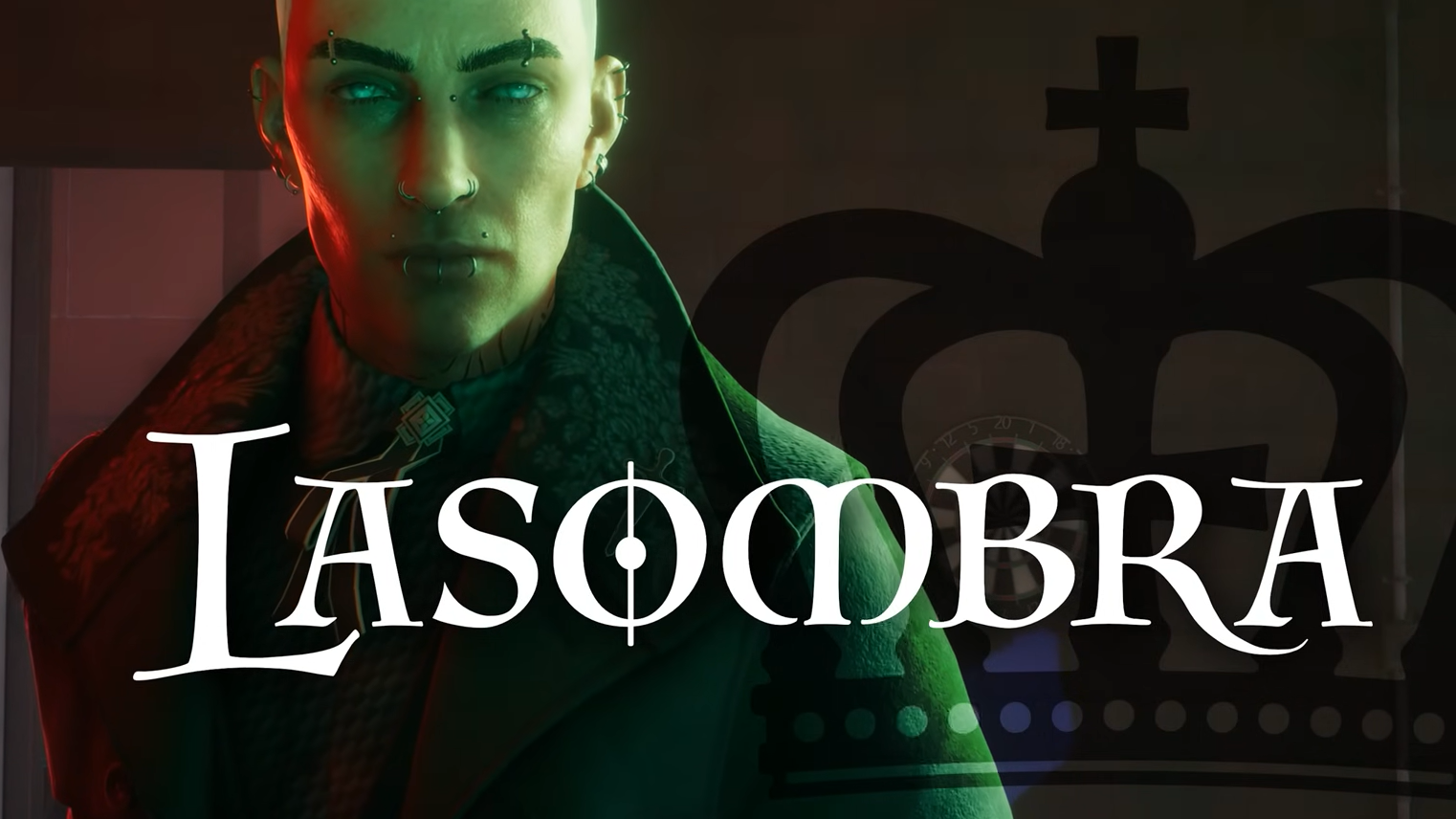
Toreador (speed, finesse, and soft control)
Toreador turn charm and velocity into safety. Movement speed after feeding keeps you dancing around threats, while Presence-based plays tilt crowds toward hesitation and vulnerability. If you want a fast, expressive kit that lives on timing windows and positioning rather than raw durability, Toreador is the elegant route.
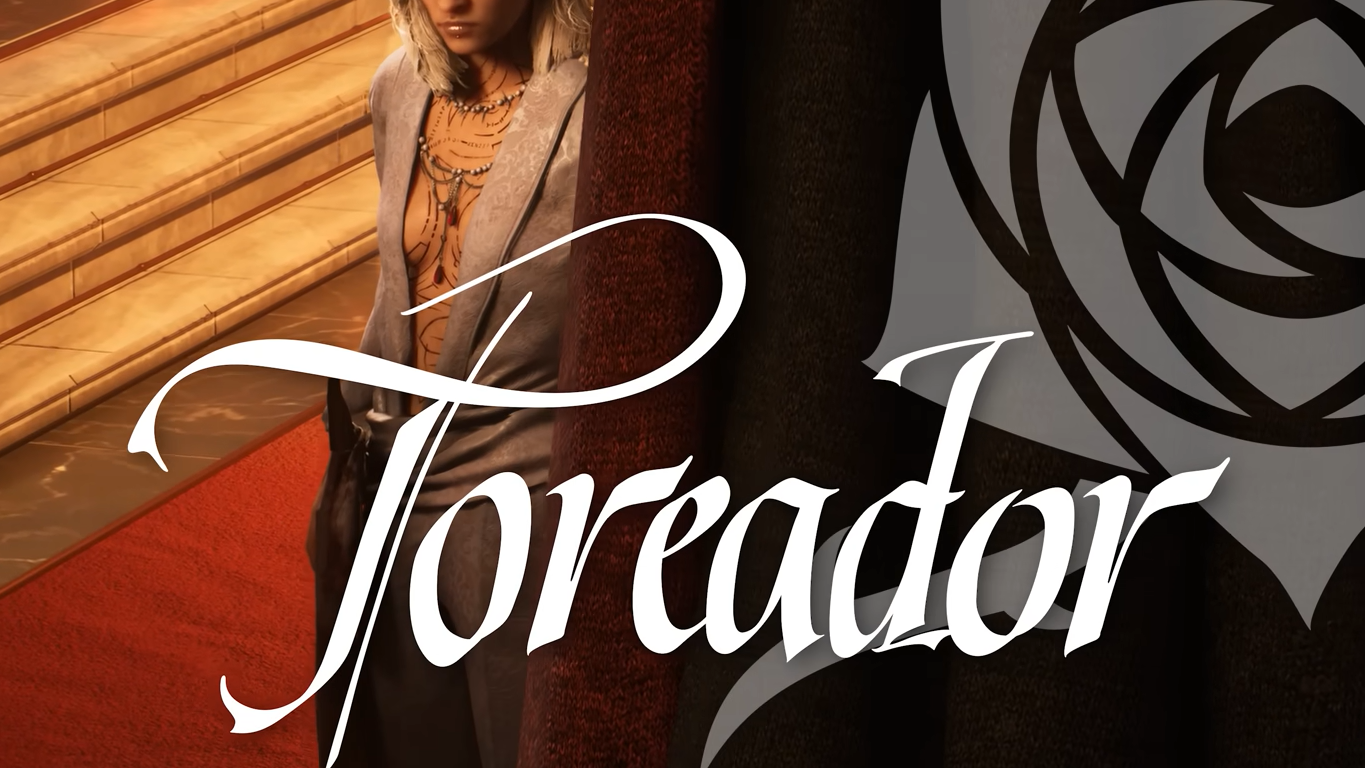
Tremere (ranged setups and explosive payoffs)
Tremere win fights before they start. Hexing a priority target so any damage detonates them flips elite enemies into hazards for their friends. Recall gives you reliable repositioning, and blood daggers let you contribute constantly at medium range. It’s a deliberate rhythm — set up, trigger, and watch the room chain-react.
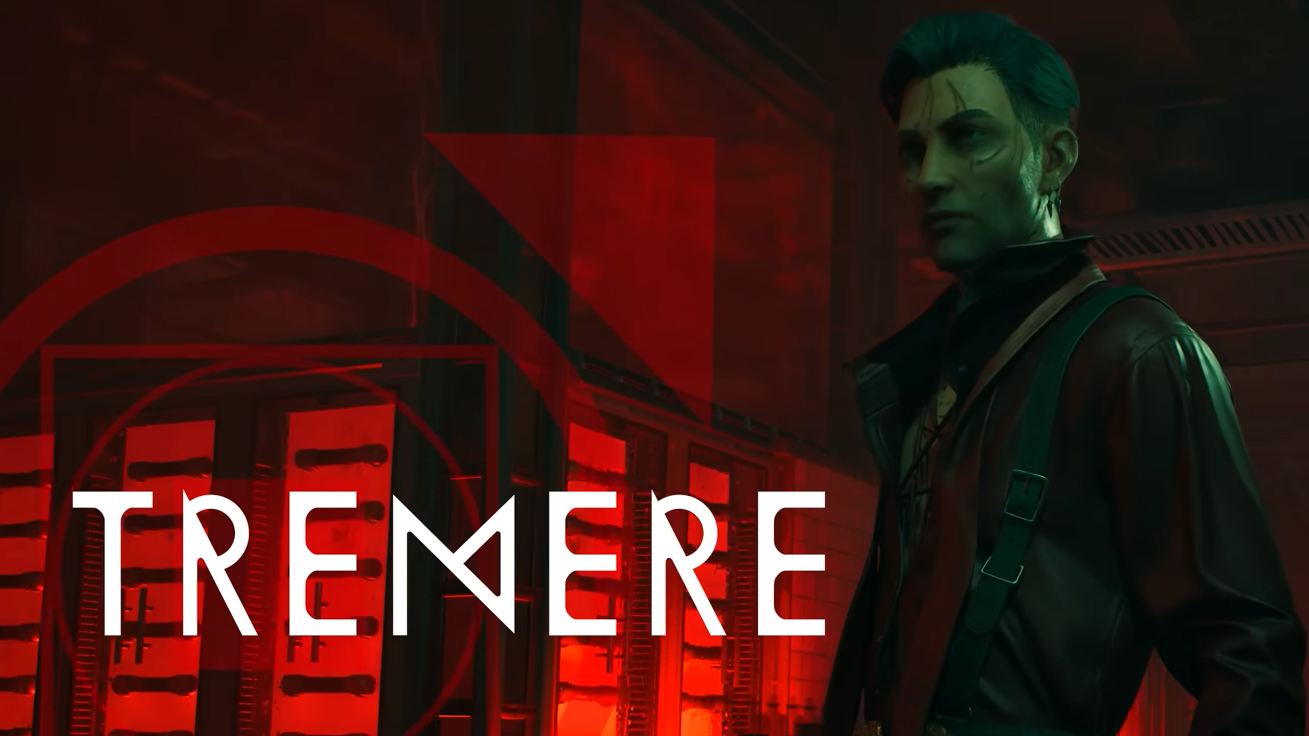
Ventrue (domination and battlefield shaping)
Ventrue dictate terms. You harden up after feeding, shrugging off damage while you stagger vampires, force mortals into lethal commands, and pacify groups so your control effects land on everyone in view. Possession doubles as reconnaissance and a way to weaponize the map. If you want to puppeteer combat pacing, this is the most direct toolset.

All six clans are playable at launch
Lasombra and Toreador were initially earmarked as extras, but they’re part of the base game now. If you’re seeing a platform-specific bug where those clans appear locked on the selection screen, update to the latest build and reinstall if needed. If you hit code redemption or account issues, contact platform support or Paradox support to resolve entitlements.
Pick for the problems you like to solve. If you want to ghost through missions, Banu Haqim map cleanly to stealth routes. If you want control at range, Tremere’s set-play kit is consistent and punishing. If you prefer to pull the room’s strings, Ventrue and Toreador deliver social and crowd dominance with different speeds. Brujah and Lasombra cover the two ends of direct confrontation — one loud, one quiet — and both pay off if you commit to their lane.

